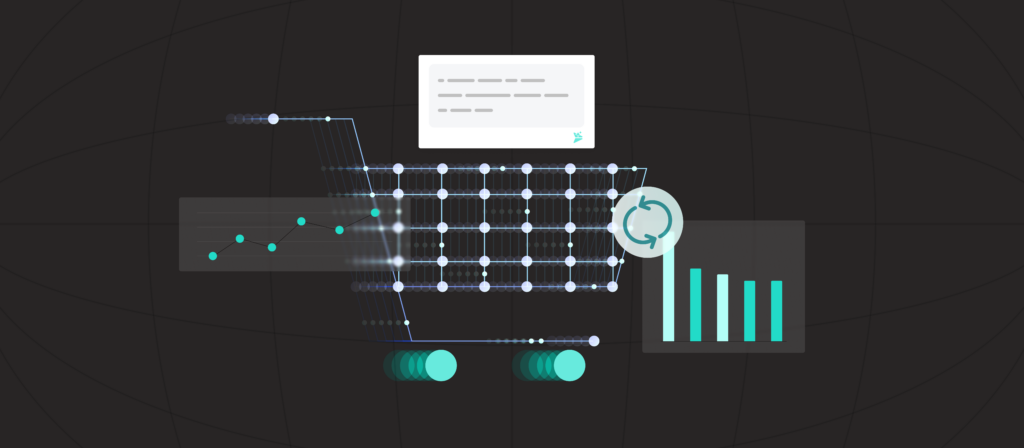O2C Isn’t Just a Workflow—It’s an Opportunity
Order-to-cash (O2C) is one of the most critical and misunderstood processes in any business. On the surface, it looks like a simple pipeline: close the deal, fulfill the order, get paid. But in reality, it cuts across Marketing, Sales, Finance, Operations, and IT, often exposing the seams between systems, data models, and departments.
That’s why many companies start with the same request: “We just want to get our Salesforce orders into NetSuite.” But what begins as integration often reveals something bigger.
Here’s how one customer’s O2C journey went from syncing systems to rethinking operations, and how Workato became the foundation for something much more powerful.
It Started With a Replatforming
The company was replatforming from SAP to NetSuite while standing up configure, price, quote (CPQ) in Salesforce. They brought us in to help with a very specific ask: enable their O2C flow across a new tech stack.
The scope sounded familiar: when an Opportunity hits a certain stage in Salesforce, it should trigger the creation of quotes, orders, and order lines in NetSuite. But this was no one-size-fits-all recipe:
- Multiple countries and subsidiaries
- Multi-currency requirements
- Deep product hierarchy
- Specific logic for assigning orders to customers and entities
It was complex, but tractable, with the right orchestration foundation.
Laying the Foundation: Real-Time + Reliable
We broke the implementation into two parallel tracks:
1. Real-Time O2C Execution
Triggering from Salesforce, the system pushed opportunities into NetSuite in real time, complete with correct subsidiaries, product mappings, and pricing logic. Every stage was precise, traceable, and automated.
We built logic to dynamically match Salesforce products to NetSuite SKUs, accounted for currency conversion rules by region, and enforced validations before anything reached downstream finance systems. This meant fewer back-office interventions and far less rework.
Error handling was built into the core of every recipe, from missing fields to mismatched subsidiaries, and alerts were routed to the right team automatically. It wasn’t just fast; it was trustworthy.
2. Metadata Syncs
In parallel, we built non-real-time flows to sync customer and account data across systems. These ensured consistency when contacts changed, accounts updated, or new information surfaced outside the O2C flow.
Together, these pipelines formed the backbone of a system the customer could actually rely on, not just for speed but also for accuracy.
The Moment It Clicked: From Automation to Awareness
With order flows stabilized, the next challenge became visibility. What happens when something breaks?
We introduced exception handling directly in Microsoft Teams. Instead of relying on buried logs or retroactive cleanup, the customer could see errors as they happened, right in the collaboration tools their teams already used.
Then came the next leap:
“Can we add a button to fix the data and retry the job right from Teams?”
We built it. And that opened the door to entirely new thinking.
“Wait… could this same flow eventually suggest the fix, too?”
We began exploring the potential for embedding GenAI agents into the flow—agents that could audit a failed order, analyze the context, and recommend the fix. A system that doesn’t just move data, but helps you understand and improve it.
This wasn’t just automation anymore. It was operational insight.
Teams that once considered integration “IT’s job” suddenly saw automation as their own competitive advantage.
The Takeaway: Build for Expansion
What started as a simple order sync became a live system of record—and a springboard for orchestration maturity. Once the customer saw what was possible, they began thinking bigger:
- Bringing in contract tools like DocuSign
- Surfacing payments and status updates from Stripe or Bill.com
- Integrating tax validation or credit risk tools for pre-order
- Routing approvals through Slack and Teams
- Layering in logic to orchestrate onboarding and support tools for post-sale handoffs
The big realization?
Orchestration isn’t a feature—it’s a mindset.
And when you approach even a single use case with that mindset, you end up with a platform that’s ready for whatever comes next, including AI.

See It In Action
If you’re reviewing your O2C process and wondering where to start, the answer might be simpler than you think: pick the workflow that matters and build it right.
Request a Demo to see how Workato supports intelligent, scalable orchestration—starting wherever you are.
Because true AI-readiness doesn’t start with a pilot project. It starts with infrastructure that’s built to adapt.
Greg Berger is a Principal Consultant at Solomon Consulting.
